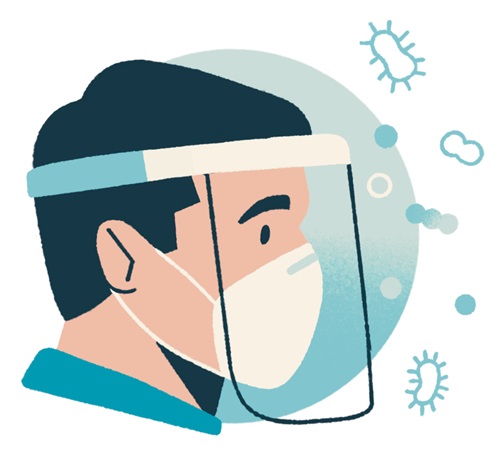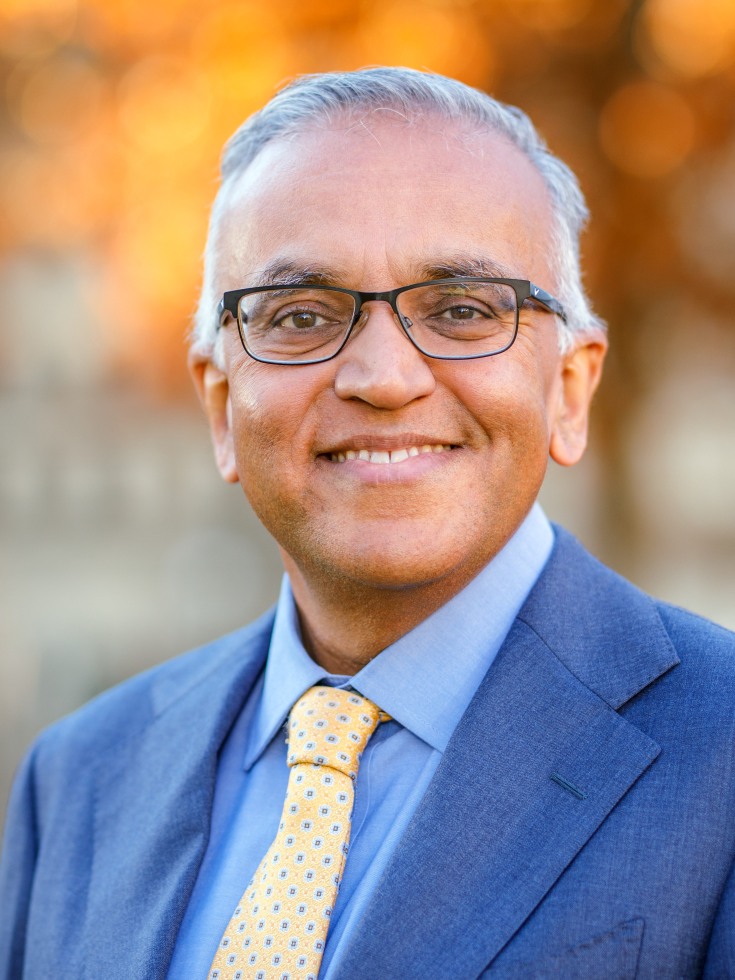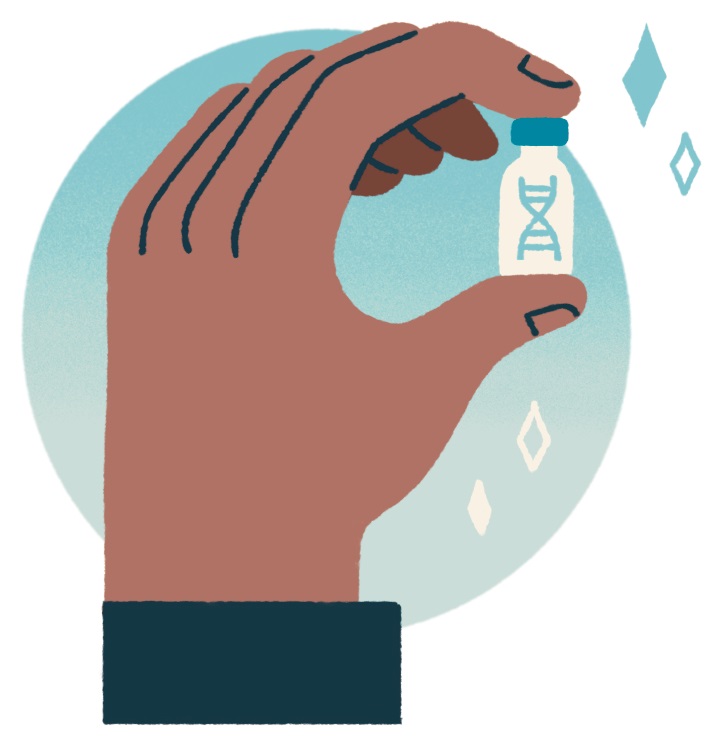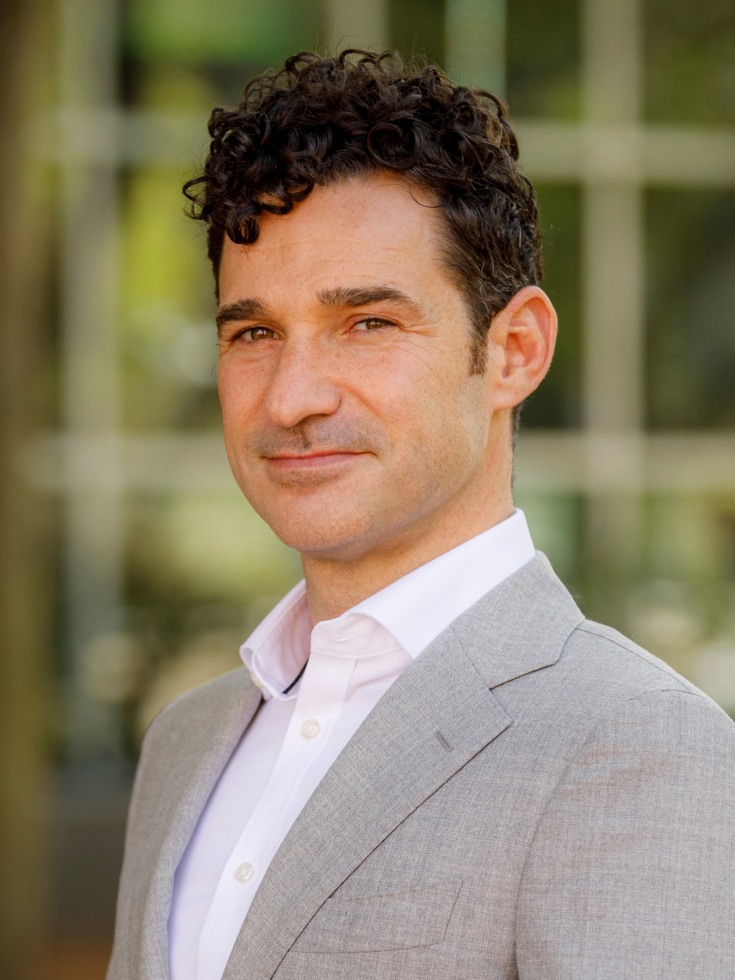Not surprisingly, a study published in JAMA last year found that many overburdened health care workers left their jobs during the pandemic. Employers in all economic sectors have reported difficulty hiring and retaining workers since the pandemic, but in the health care sector, workers faced unique risks. Through 2021, they were still quitting at higher-than-normal rates and the Association of American Medical Colleges warns that the U.S. could see a shortage of between 37,800 and 124,000 physicians by 2034.
Spencer says the health care workforce is now in some ways actually worse off than during the pandemic. “At least then we had people cheering us on, even if there weren’t enough of us,” he says. “We still have provider shortages throughout the country, and the COVID experience has scarred a whole generation of health care workers. But the patients keep coming, the struggles with pre-approvals and other insurance headaches have only returned stronger, and the public has largely moved past the sacrifices health care workers made at the outset of the pandemic.”

At a time when the public health workforce needs bolstering to recover from the last global pandemic and prepare for the next, we are instead seeing cuts to vital programming. The National Institutes of Health, the CDC and the Food and Drug Administration face funding cuts and a brain drain of world-class experts. With measles, bird flu and other pathogens spreading, the nation announced plans to withdraw from the WHO, signaling the U.S. taking a step back from the global health stage and hindering our public health workforce’s ability to respond to ongoing and future outbreaks.
“The U.S. is actively dismantling decades of support for global health security,” Spencer says. “By abdicating our traditional leadership role, we leave the whole world—including Americans—dramatically less safe.”
A Question of Trust
In moments of crisis, people are often ready to offer their support, whether that’s cheering on first responders or rolling up their sleeves and helping out, says Nuzzo. “We saw this happen during COVID,” she says, “but it didn’t last.”
In the early days, people clapped for health care workers from their balconies, sewed masks for strangers and formed groups to deliver groceries to the elderly. Communities rallied behind small businesses and most people followed public health guidance and stay-at-home orders to “flatten the curve,” seeing it as a shared responsibility.
But as the pandemic wore on, that goodwill began to erode. A Pew Research Center survey found that Americans’ confidence in scientists, which was at 87% in April 2020, dropped to 73% by October 2023 before settling at 76% in late 2024.
For Jha, rebuilding public trust is a priority. He says before the next biothreat starts, scientists and public health experts must consider changing how science is communicated.
Recalling mistakes of the pandemic—like keeping schools closed in the fall of 2020 despite evidence suggesting they were safe to open—Jha says, “We all would have done better if we had explained what the scientific process is, how it’s self-updating, how it’s self-correcting, how you get stuff wrong and that’s okay because you get better over time. If we had done that, a lot of the mistakes of the pandemic would have been avoided.”
Spencer believes that while the lessons of the pandemic are vast, public health too often takes the blame for falling levels of trust. “If you look at trust in the Supreme Court, in the presidency, in any of our political institutions, in any of the things that we’ve long considered true and dear, they have plummeted over the past 50 years, from highs to incredible lows,” he says.
“I’m worried that so much of the finger pointing goes at public health, when it turns out, we all need to do better. We need to have really difficult conversations with people we don’t agree with and figure out the places that we do agree, and move forward on that. The polarization in every single aspect of our life is going to make it harder for us, not just to move forward politically, but as a field in public health.”
All Eyes on Washington
In today’s world, regardless of what side of the aisle someone stands on, the next biological threat is not a matter of if, but when, according to many experts at Brown and beyond. This reality is underscored by the growing number of biothreats, even within our own borders. A measles outbreak in West Texas that started in January 2025 has proved fatal. The nation continues to confront a growing bird flu epidemic among wild birds, poultry and dairy cattle while more than 60 cases have been confirmed in humans with at least one of those cases resulting in death. The 2024-2025 flu season was the worst in a decade. And, all the while, COVID-19 persists, though at lower rates of infection, severity and death than in previous years.
These ongoing, evolving and overlapping epidemics, five years after the start of the COVID-19 pandemic, reinforce why preparedness must not only continue, but intensify.
“Policymakers need to think about this in the way they think about any other national security threat,” Jha says. “We don’t wait until someone launches a nuclear weapon to start figuring out how to prevent a nuclear attack on the U.S. In the same way, we shouldn’t wait for the next biological emergency to decide to invest in preparedness. We should be making sure we’re investing in readiness now. That actually reduces the likelihood that we’re going to have serious consequences from biological threats. We cannot pull back from that. We have to do more.”






